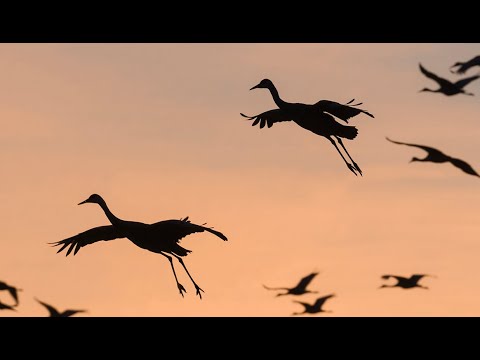- Understanding the basics of bird flu and its impact on both avian and human health.
- Insights from Diana Boon, DVM, on current bird flu trends and conservation strategies.
- The role of conservation medicine in mitigating bird flu risks.
- Key resources and interventions for controlling bird flu outbreaks.
- Future perspectives on bird flu prevention and ecosystem health.
Avian influenza, commonly known as bird flu, represents a significant threat to both avian species and humans. This infection, caused by type A strains of the influenza virus, can lead to severe health challenges. The virus is notorious for its ability to evolve, posing hurdles for wildlife conservationists and public health experts. Understanding its mechanisms is essential for developing effective prevention and control measures.
Bird flu predominantly impacts wild and domesticated birds but has the potential for zoonotic transmission to humans. The H5N1 and H7N9 strains are of particular concern. These highly pathogenic avian influenza (HPAI) viruses can cause mortality rates exceeding 90% in some bird species. The virus spreads through direct contact with infected birds or contaminated environments, making control efforts challenging.
Dr. Diana Boon, Director of Conservation Medicine, provides crucial insights into the current status of bird flu and the strategies being utilized in conservation. Her expertise in wildlife disease and management highlights the interconnected nature of animal and human health. According to Dr. Boon, a holistic approach to managing bird flu involves not only treating affected individuals but also implementing broader conservation strategies.
Conservation medicine plays a pivotal role in understanding avian influenza. This interdisciplinary field bridges veterinary science, wildlife ecology, and public health. By examining the ecosystem dynamics, conservation medicine professionals can anticipate and mitigate bird flu outbreaks. They emphasize ecosystem health as a preventive measure, recognizing that healthy habitats support resilient wildlife populations less susceptible to disease spillover events.
Dr. Boon emphasizes the importance of monitoring wild bird populations as they can act as reservoirs for avian influenza. Surveillance programs are crucial in detecting early signs of disease spread. Advanced diagnostic technologies, such as genome sequencing, are instrumental in identifying viral strains and their transmission pathways. These tools help in formulating vaccines specific to prevalent strains, offering targeted protection to both avian and human populations.
A key aspect of bird flu management is controlling outbreaks in poultry, where economic impacts are significant. Depopulation of infected flocks, quarantine measures, and biosecurity protocols prevent the virus from spreading to new hosts. Vaccination of poultry is another crucial intervention. By reducing viral load in birds, the risk of transmission to humans decreases, limiting potential pandemics.
Educational campaigns are vital for raising awareness among poultry farmers and the public. Proper knowledge about handling birds and recognizing symptoms can facilitate early intervention. Emphasizing the importance of hygiene and safety in live bird markets reduces the risk of humans contracting the virus.
International collaboration is imperative for managing bird flu, given the migratory nature of many bird species. Organizations like the World Health Organization (WHO) and the United Nations Food and Agriculture Organization (FAO) play critical roles in coordinating efforts and resources. Cross-border surveillance and data sharing allow for rapid response to emerging threats.
Looking ahead, future strategies for bird flu prevention involve strengthening ecosystem resilience. Conservation efforts aim to maintain biodiversity, crucial for balancing pathogen-host dynamics. Preserving wetlands and natural habitats not only supports diverse bird species but also reduces human-wildlife conflict, thereby decreasing the likelihood of disease transmission.
Technological advancements offer promising avenues for bird flu management. Continued research into avian genomics and virology can unravel new insights into virus-host interactions. Moreover, artificial intelligence and machine learning models can enhance prediction capabilities, aiding in proactive measures against potential outbreaks.
In conclusion, bird flu remains a formidable challenge requiring concerted efforts from multiple disciplines. Insights from experts like Dr. Diana Boon underscore the significance of integrating disease management with conservation strategies. By prioritizing ecosystem health and leveraging technology, there is potential to safeguard both avian and human populations from the impacts of avian influenza now and in the future.
*****
Source Description
https://savingcranes.org/news/resources/avian-influenza/ Bird flu—otherwise known as avian influenza—it’s been in the news due to major impacts to captive poultry flocks and dairy herds. But how does this virus affect wild birds and conservation efforts? Join our Director of Conservation Medicine, Diana Boon, DVM, to learn more about Highly Pathogenic Avian Influenza (HPAI), how the virus is affecting bird populations, and how the International Crane Foundation stays prepared to look after cranes in human care and wild populations. Dr. Boon will share the status of the virus today and provide resources to keep you informed as the situation evolves.


